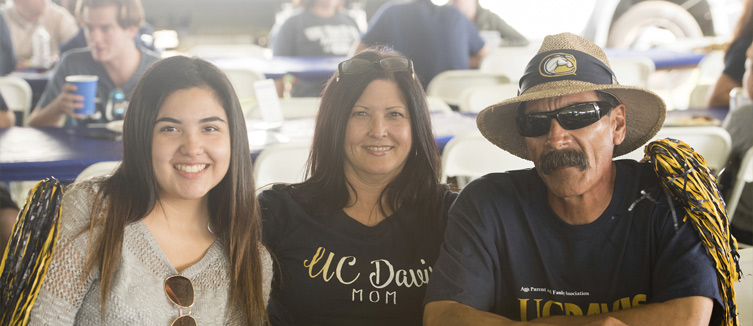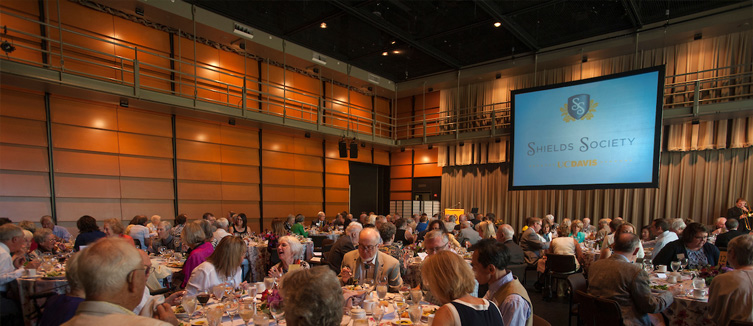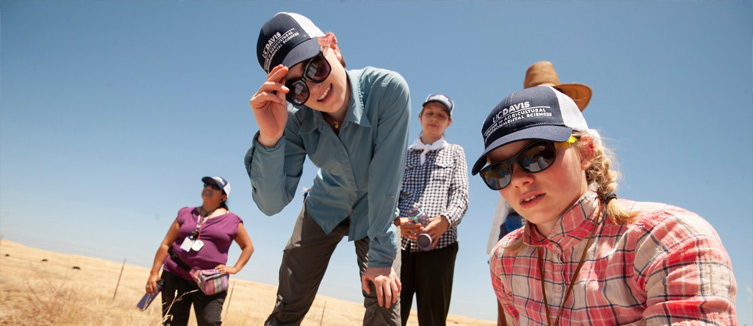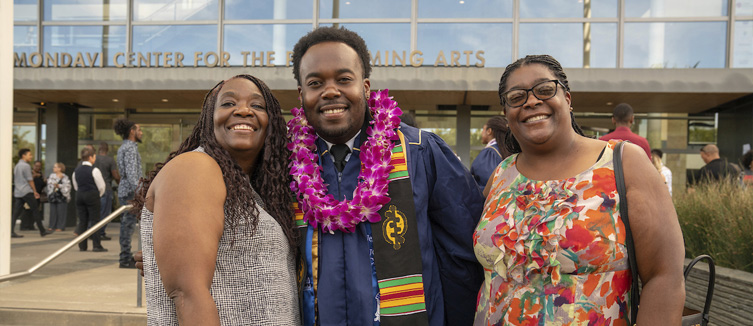Bringing Cures to Complex Cases
Planned Gift Supports Canine Research
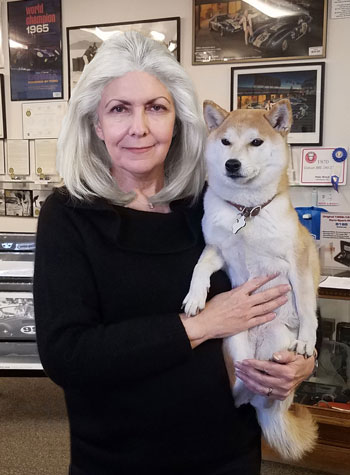 In 2019 Gayle Brock’s dog, Kitsune (Kit), received life-saving surgery at the School of Veterinary Medicine. Grateful for her care, Brock set up a $500,000 bequest gift to support canine research and help UC Davis veterinarians treat more animals with complex cases.
In 2019 Gayle Brock’s dog, Kitsune (Kit), received life-saving surgery at the School of Veterinary Medicine. Grateful for her care, Brock set up a $500,000 bequest gift to support canine research and help UC Davis veterinarians treat more animals with complex cases.
“Giving to UC Davis was a perfect match,” said Brock, who is the founder and CEO of Aerovault, LLC and the president and COO of Brock Racing Enterprises, LLC.
“I’d seen firsthand and benefited from the amazing work that happens there and I knew that this is where I wanted to put my focus.”
Donors who include UC Davis in their estate plans have a significant and lasting impact on programs that are important to them. Estate gifts can establish a permanent endowment or make funds available for current use at the time of passing.
These simple and time-tested approaches provide donors with control and enjoyment of their assets during their life; flexibility in deciding who gets what, when, and for what purpose; and potential estate tax savings.
Brock’s planned gift, an endowment in Kit’s name, will provide support to the veterinary school in perpetuity. Brock hopes to help more animals whose lives, like Kit’s, may also be saved.
“I wanted to support the planned Veterinary Medical Center expansion and help UC Davis get to a point where it can have the capacity to serve as many animals in need as possible.”
High-risk surgery a success at School of Vet Med
Brock had known something was wrong with Kit when the normally playful seven-year-old Shiba Inu was too tired for her favorite activity: playing at the park.
After visiting local veterinarians, Kit was diagnosed with chylothorax, a life-threatening condition caused by a build-up of milky white fluid, called chyle, which leaks from the thoracic duct into the chest.
Temporary treatments included a special diet and periodically draining the fluid, but neither would be sustainable in the long term, and Kit was suffering.
The only option for a permanent fix was surgery to close the thoracic ducts that were leaking fluid into Kit’s chest cavity. However, the surgery was very invasive and would require the surgeons to open up Kit to search for the thoracic ducts—it had a success rate of only 45-60 percent.
“My husband and I were just devastated,” said Brock. “It hurt just to think about it, we didn’t know what to do.”
That’s when a close friend told them about the UC Davis School of Veterinary Medicine. After getting a referral, Brock and Kit made the trip from their home in Henderson, Nevada.
At Kit’s consultation, Brock was again told that the condition would require surgery, but at UC Davis, the success rate would be remarkably higher: 90-95 percent.
“I couldn’t believe what I was hearing,” said Brock. “We hadn’t heard anything other than the 45-60 percent success rate, either from other vets or from our own research online. It was amazing.”
Kit’s surgery was less risky thanks to a minimally invasive approach and advanced technologies pioneered by UC Davis veterinarians.
A cutting-edge imaging technique called near infrared fluorescence would help make the surgery a success. Developed by Philipp Mayhew and Michele Steffey, professors in the Department of Surgical and Radiological Sciences at the School of Veterinary Medicine, the technique renders a dog’s lymphatic vessels more visible to the human eye during surgery.
“What sets our treatment apart at UC Davis is a combination of a minimally invasive approach and the use of new technologies like near infrared fluorescence,” Mayhew said. “This allows us to maximize our ability to find the ducts, which has historically been a challenge.”
The surgery was a success—three months and several recheck examinations later, Kit was given a clean bill of health. Kit became a clinical trial participant in UC Davis’ research on chylothorax, the results of which have now been published and are helping other veterinarians.
“She’s doing so well now,” said Brock. “As soon as we got back from the first post-op appointment that they gave approval that she could run around again, she’s been running around the house like a rocket ship.”


